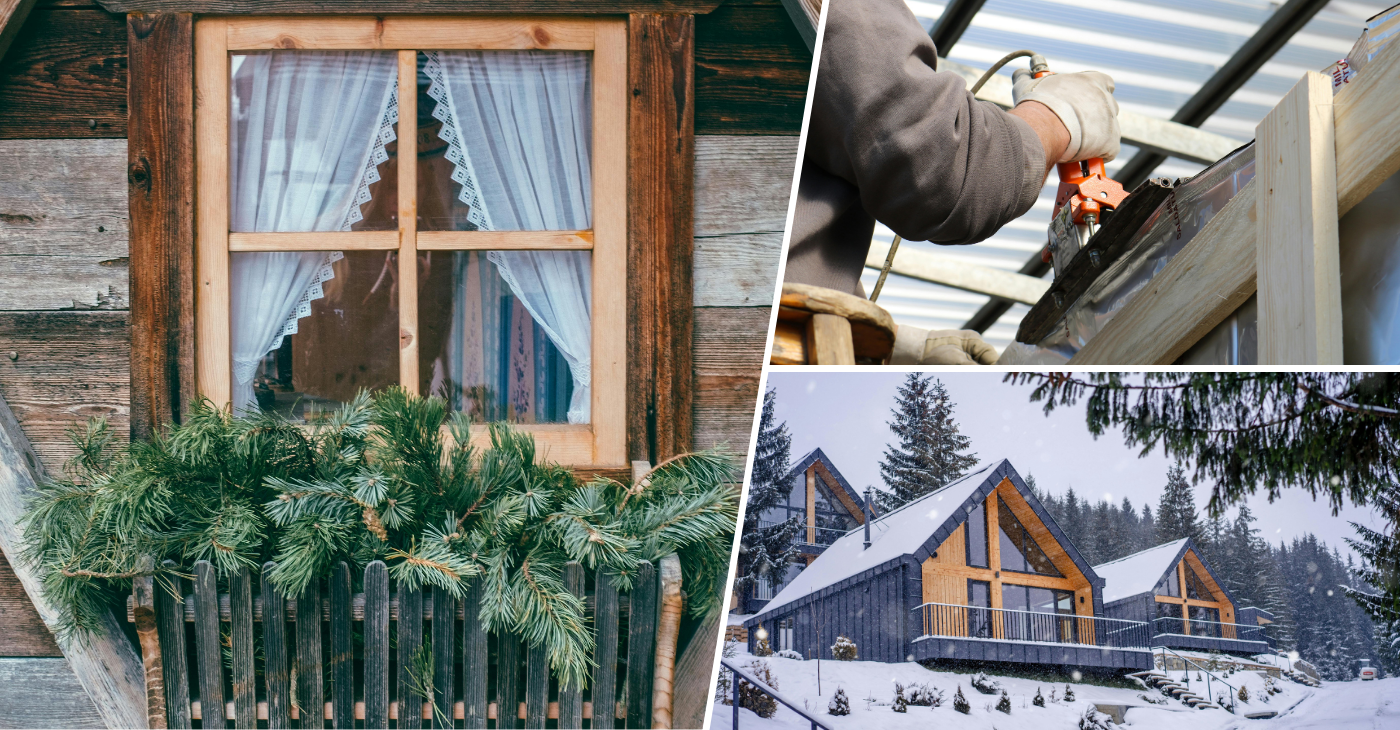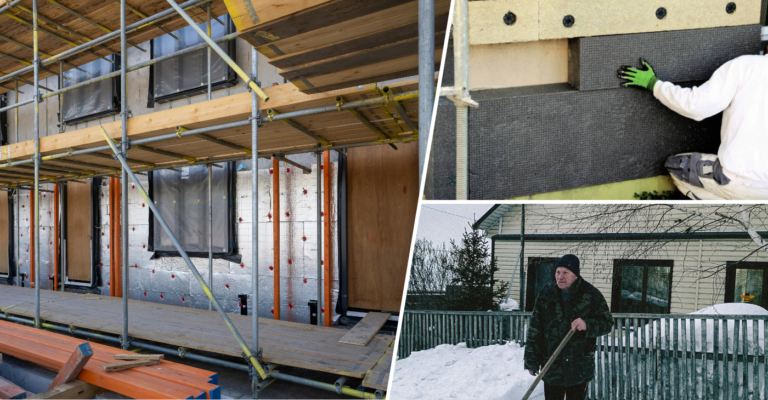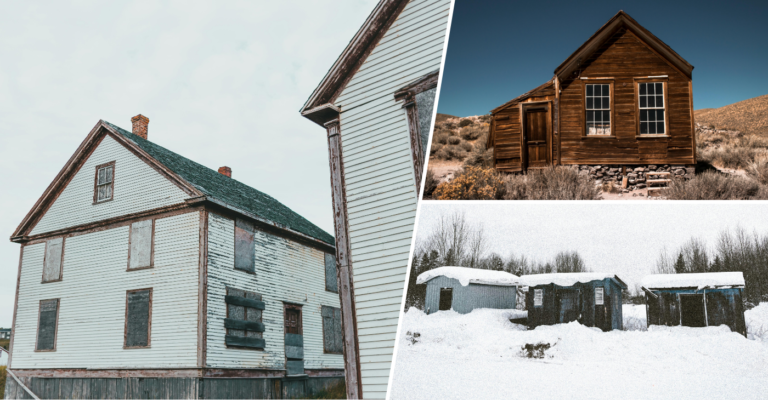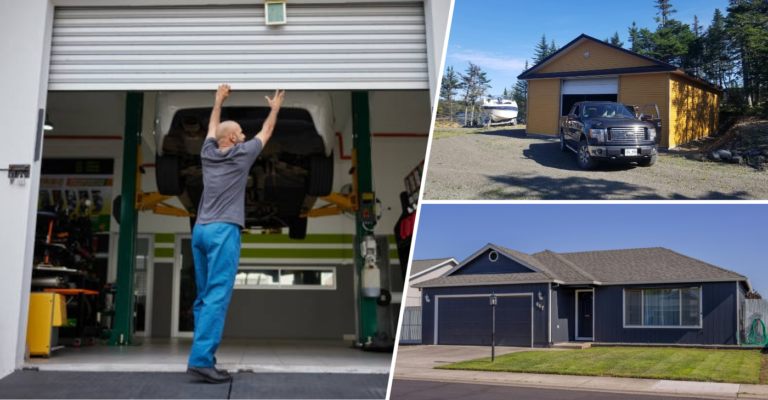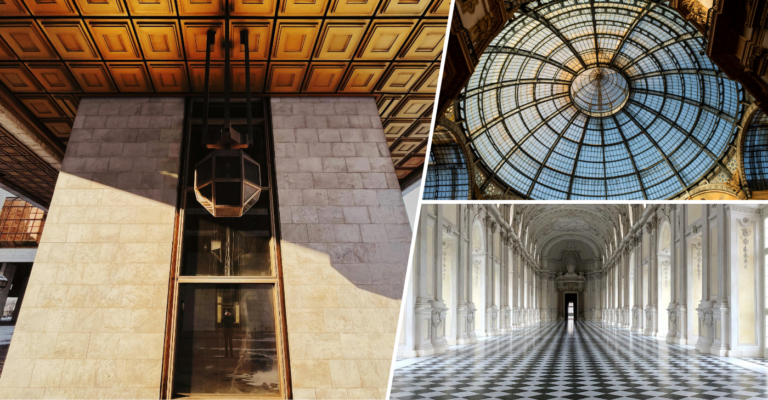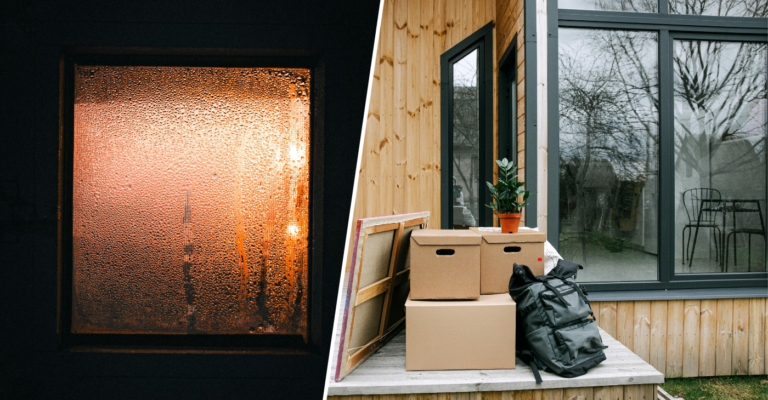Guide: Understanding the disadvantages of timber frame houses
Timber frame construction offers an elegant blend of sustainability, aesthetics, and efficiency. Yet, this method comes with unique considerations that demand expertise in planning, materials selection, and ongoing maintenance to ensure structural integrity over time. Here’s a deep dive into the critical aspects of timber frame homes, highlighting both potential drawbacks and necessary construction techniques, such as mortise and tenon joints and king post trusses.
Potential drawbacks of timber frame houses
Timber frame houses are eco-friendly and offer design flexibility. However, they come with certain challenges. Timber is hygroscopic, meaning it absorbs moisture from the air, which can lead to checking and cellulose decay if not managed properly. The hygroscopic nature of wood can lead to swelling and shrinkage, which is another disadvantage of timber frame houses, particularly in regions with high humidity. Timber frames also have low sound transmission class (STC) ratings, so noise travels easily between rooms. One of the primary disadvantages of timber frame houses is their vulnerability to moisture, which can lead to rot and structural issues if not properly managed. Fire resistance is another issue, as timber is more combustible than materials like concrete or steel, making intumescent coatings and cavity barriers essential. Additionally, timber frame homes are often classified as non-standard construction, which can lead to higher insurance premiums and stricter mortgage terms.
Maintenance requirements
Timber frame structures need regular maintenance to stay strong and safe. As an organic material, timber is susceptible to fiber saturation, which occurs when it absorbs too much moisture, leading to gradual decay. A common disadvantage of timber frame houses is that they often require higher maintenance compared to masonry homes, especially in damp climates. Maintenance should include preservation treatments to protect against fungal decay and infestations by Powderpost Beetles and Deathwatch Beetles, which weaken the timber’s load-bearing capacity. Damp-proof membranes and vapor retarders help control moisture exposure.
Best practices for maintaining timber frame structures
- Schedule regular maintenance checks
Inspect the timber frame twice a year. Focus on high-risk areas like timber frame joints, chamfered beams, and damp spots. Regular checks help catch decay or damage early, reducing costly repairs. Estimated costs for early decay repairs range from $500 to $1,000, while neglect can lead to expenses exceeding $5,000. - Apply borate preservatives
Use borate preservatives to control fungal decay. Borate penetrates deeply, offering long-lasting protection against decay and wood-boring weevils. This treatment can prevent future repair costs, which may otherwise range from $1,000 to $3,000 for significant decay removal. - Use insect-repellent coatings
Apply pest-resistant coatings to protect against wood-boring insects, like carpenter ants, which can weaken the timber frame. Costs for untreated infestations can reach $1,000–$2,000. - Ensure proper weatherproofing
Combine treatments with weatherproofing techniques. Use sealants and finishes, like UV-resistant varnish, to keep moisture from entering the wood, reducing buildup. Preventative weatherproofing costs range from $500 to $1,500, depending on the structure’s size, and can prevent costly repairs later. - Focus on high-risk areas
Pay close attention to beam ends, sill plates, and joints with mortise pegs, as these are vulnerable to wear. Extra reinforcement improves durability in these areas, preventing costly repairs that may reach $3,000 to $5,000.
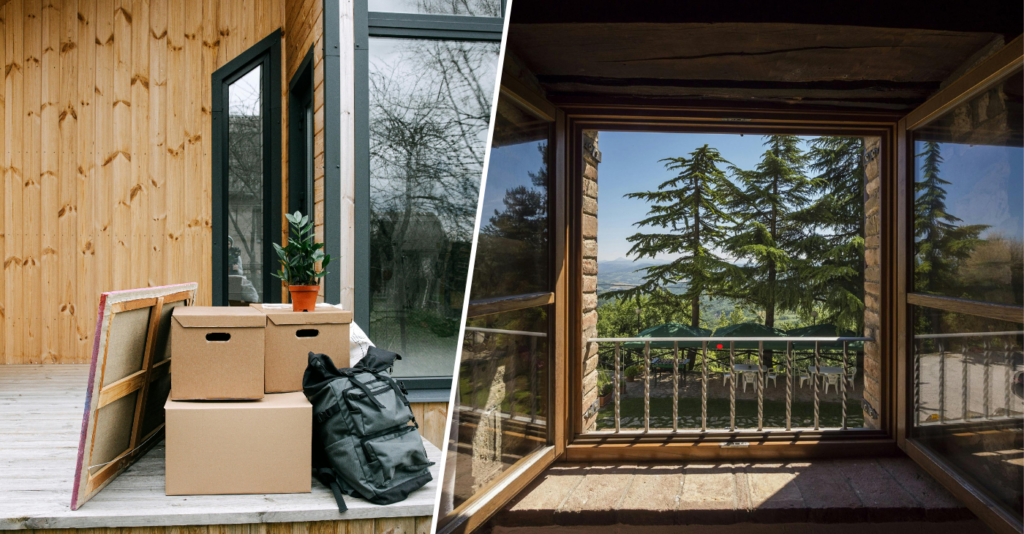
Rot risk and moisture management
Timber’s natural moisture absorption makes it prone to fiber saturation, which can lead to rot if not properly ventilated, especially in areas with high rainfall or humidity. Using vapor retarders, breathable membranes, and overhangs can help manage airflow and reduce moisture exposure. Durable timber species like Douglas fir or larch help mitigate moisture risks. Cross-laminated timber (CLT) panels are effective against warping and splitting due to their layered construction, making them ideal for high-moisture zones.
Pro insight: Use CLT in critical areas like load-bearing walls and shear walls to improve stability under moisture changes. Minor repairs for rot range from $1,000 to $2,000, while extensive repairs can cost $5,000 or more.
Sound transmission concerns
Timber frames have limited soundproofing abilities, allowing noise to travel easily between rooms. To improve acoustic comfort, high-density insulation materials, such as mineral wool, are often used within wall cavities. Resilient bars and acoustic battens are also added to decouple structural parts, reducing sound vibrations.
Industry technique: Combining mineral wool insulation with acoustic mats on floors controls impact noise effectively. This setup is particularly useful in multi-level homes, where soundproofing between floors is needed for privacy. Installing these materials costs between $2,000 and $4,000, depending on area size.
Comparing timber frame with other building materials
Timber frames differ from materials like block construction and prefabricated systems.
- Block construction: Block construction with concrete or cinder blocks offers strength, fire resistance, and sound insulation due to high thermal mass. However, blockwork is heavy, requiring reinforced foundations, which raises costs, especially in remote sites where timber frames might be easier to install.
- Prefabricated homes: Timber frames are commonly used in prefab homes, offering rapid assembly and reduced labor. Prefabs with galvanized steel frames or reinforced concrete enhance durability, fitting clients focused on long-term resilience.
Construction perspective: Prefabricated timber frames, like those with factory-fabricated trusses, are lightweight, reducing transportation and assembly costs in hard-to-reach sites.
Fire safety considerations
Timber frame homes are more combustible than materials like concrete or steel. Due to the combustibility of wood, fire resistance is considered one of the main disadvantages of timber frame houses, requiring special treatments and fire-retardant materials. To improve fire resistance, fire-retardant treatments are applied to timber components. These treatments slow down fire spread, especially when combined with cavity barriers within wall assemblies. Non-combustible linings like Type X drywall add an extra layer of protection.
Expert advice: Factory-applied fire retardants are highly effective. They cover timber evenly, enhancing fire resistance without weakening the wood. Another good option is intumescent paint, which expands when heated to create an insulating barrier. This layer delays fire spread, giving valuable extra minutes for safety.
Cost insight: Fire-retardant treatments typically cost between $3 to $5 per square foot, depending on the application method. Intumescent paint costs around $2 to $4 per square foot and is ideal for exposed timber surfaces.
Insurance and mortgage implications
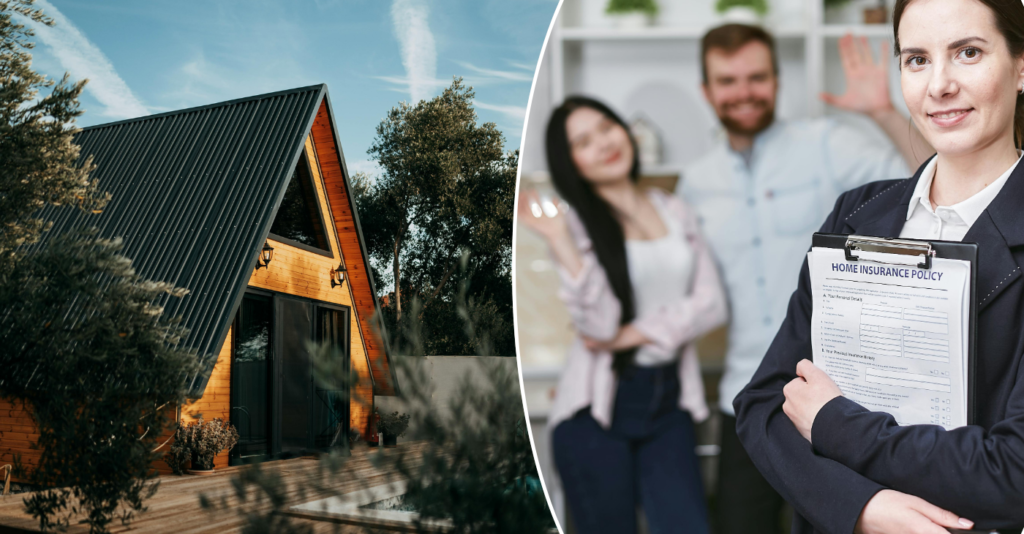
Timber frame homes are beautiful and eco-friendly but come with special insurance and mortgage considerations. For some homeowners, the higher insurance premiums associated with timber frame houses are a significant drawback, as they are considered more susceptible to fire and pest damage.
- Insurance concerns: Insuring a timber frame home can be more complex than a standard home. Many insurers see timber as higher risk because it’s more prone to fire, moisture, and pest damage. This often leads to higher premiums or the need for special insurance policies. Look for insurers who specialize in non-standard or timber-framed properties. Providing details about fire safety and maintenance history can help get better terms.
- Mortgage implications: Getting a mortgage for a timber frame home can also be more challenging. Some lenders classify these properties as non-standard, which may mean stricter lending requirements or higher interest rates. However, many lenders do offer mortgages for timber frames, especially with clear construction and maintenance details. Work with mortgage brokers familiar with timber frames. They can find lenders who understand these properties and make the application process smoother.
Environmental impact of timber frame construction
One of the greatest benefits of timber frame construction is its minimal environmental footprint, especially when using sustainably sourced wood. Timber serves as a natural carbon sink, absorbing and storing CO₂, which helps in lowering the building’s overall carbon emissions. Additionally, using wood from FSC-certified forests ensures responsible harvesting practices that protect forest ecosystems and promote biodiversity.
Sustainable forestry practices
Sustainable forestry practices ensure that timber is sourced in a way that minimizes environmental impact.
- These practices maintain a balance between the needs of the environment, wildlife, and forest communities.
- They focus on conserving natural resources and promoting long-term forest management.
- Sustainable methods encourage forest regeneration, helping to sustain timber resources over time.
- This approach is vital for preserving soil fertility, reducing erosion, and maintaining carbon storage capacity.
- It also supports ecosystem health, mitigates climate change, and lowers the risk of zoonotic diseases.
- Sustainable forestry has positive effects on indigenous communities who rely on forests for their livelihood.
Design limitations in timber frame houses
While timber frames are flexible for creative layouts, they do have structural constraints. Large open spans, for instance, often require additional load-bearing supports, limiting some architectural designs. Timber’s natural tendency to expand and contract with temperature changes also poses design challenges, particularly in humid regions where cracks and alignment shifts can occur.
Hybrid construction methods that incorporate steel support beams alongside timber framing allow for wider open spaces without compromising on stability. This technique maintains the aesthetic qualities of timber while benefiting from steel’s strength, supporting high-stress areas and expansive designs.
Financial implications of timber frame homes
The initial costs of timber frame construction are often higher than traditional materials, attributed to the quality of wood and the specialized labor required. Although the quick assembly process can reduce some construction expenses, ongoing maintenance costs must be considered due to the need for regular treatments against pests and moisture.
However, timber frame homes frequently retain or even appreciate in value due to their growing appeal among eco-conscious buyers. These homes’ energy efficiency and sustainable credentials can add resale value, particularly in markets where environmental responsibility is a high priority.
Builder’s financial insight: Highlight the long-term energy savings and environmental benefits of timber frames to clients interested in resale value. Timber frame homes offer excellent insulation, leading to lower utility costs, which can offset initial investments and attract buyers focused on sustainability.
Conclusion
Timber frame construction combines aesthetic and environmental advantages with complex technical requirements. A successful timber frame project demands specialized knowledge to counteract its natural vulnerabilities, including strategies for fire resistance, moisture control, and soundproofing. By balancing timber’s unique benefits with targeted solutions to its limitations, construction professionals can create durable, efficient homes that align with modern sustainability standards and meet client expectations for quality and longevity. Read more about timber frame house kits prices in the UK.

